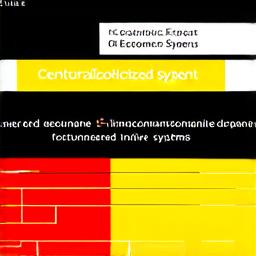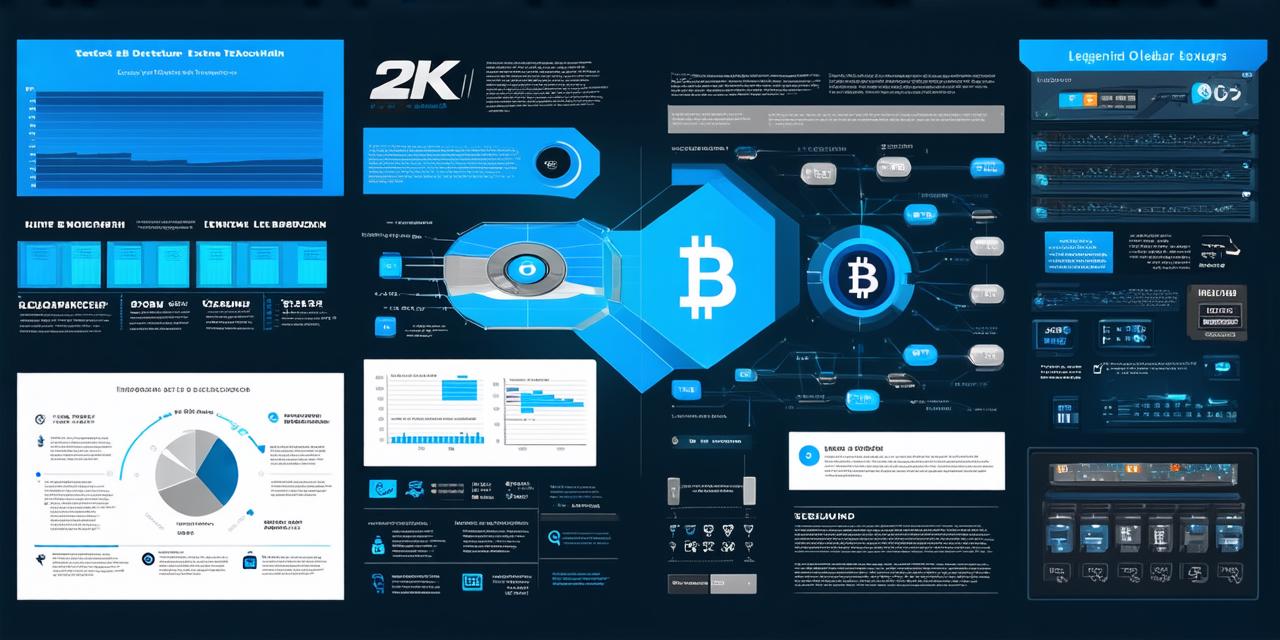Blockchain technology has been around for a while now and it is gaining popularity across various industries. One of the most important aspects of blockchain is its decentralization, which means that there is no central authority controlling it. However, some experts argue that blockchain can still be considered centralized in certain scenarios.
What is Blockchain?
Before diving into the main topic, let’s first understand what blockchain is. Blockchain is a distributed database that stores data in blocks. Each block contains a list of transactions, and once a block is added to the chain, it cannot be altered or deleted. The decentralized nature of blockchain means that there is no single entity controlling it. Instead, every participant on the network has an equal say in how the network operates.
Is Blockchain Decentralized?
Yes, blockchain is decentralized in its purest form. It was designed to be a decentralized system, with no central authority controlling it. This means that every participant on the network has an equal say in how the network operates. For example, in Bitcoin, there is no central bank controlling transactions. Instead, every participant on the network validates and verifies transactions, and new blocks are added to the chain based on consensus.
However, some experts argue that blockchain can still be considered centralized in certain scenarios. This is because there are certain entities that have a significant amount of control over the network. For example, in Ethereum, there are miners who validate transactions and add new blocks to the chain. These miners are incentivized to validate transactions quickly and efficiently, which means that they can potentially have a significant amount of influence on the network.
Additionally, some blockchain platforms have centralized authorities that control certain aspects of the network. For example, in Hyperledger, there is a governing council that oversees the development and maintenance of the platform. This council has the power to make decisions about the platform’s direction and evolution.
Real-Life Examples
Let’s take a look at some real-life examples to illustrate how blockchain can be both decentralized and centralized.
Decentralized Blockchain: Bitcoin
Bitcoin is the most well-known example of a decentralized blockchain. As mentioned earlier, there is no central bank controlling transactions in Bitcoin. Instead, every participant on the network validates and verifies transactions, and new blocks are added to the chain based on consensus. This means that there is no single entity controlling the network, making it highly resistant to censorship and tampering.

Centralized Blockchain: Hyperledger
Hyperledger is a blockchain platform designed for enterprise use. It was created by IBM and other companies in the financial industry to address some of the challenges associated with traditional blockchain platforms, such as scalability and security. In Hyperledger, there is a governing council that oversees the development and maintenance of the platform. This council has the power to make decisions about the platform’s direction and evolution.
Centralized Blockchain: Ripple
Ripple is a blockchain platform designed for cross-border payments. It was created by Brad Garlinghouse, who was previously the CTO of PayPal. Unlike Bitcoin, Ripple has a central authority that controls certain aspects of the network. This authority is responsible for validating transactions and adding new blocks to the chain. Additionally, Ripple has partnerships with major financial institutions, which means that it is more easily integrated into existing financial systems.
Decentralized vs Centralized: A Comparison
Now that we have seen some examples of both decentralized and centralized blockchain platforms, let’s compare and contrast them.
